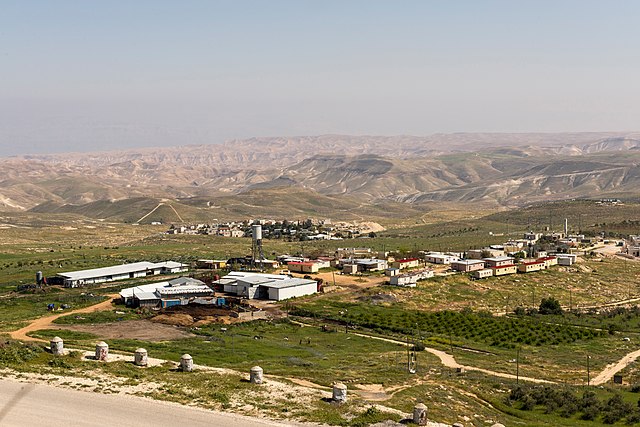The Australian federal government Monday released the second part of its plan to help accelerate the implementation of the Closing the Gap Agreement made in 2020. This agreement seeks to resolve the disparity that Aboriginal and Torres Strait Islander people have been subject to through political exclusion, intergenerational trauma, and ongoing institutional racism.The original Closing the Gap agreement aims to “overcome the entrenched inequality faced by […] many Aboriginal and Torres Strait Islander people so that their life outcomes are equal to all Australians” by 2031. In the 2022 Annual Data Compilation Report, only 4 out of 9 socioeconomic targets were deemed “on track.” Targets on children’s commencement of school, out-of-home care, adult imprisonment, and suicide deaths were either not on track or need improvements.The new plans include two components, the implementation plan made by the federal government and the implementation plan made by the Aboriginal and Torres Strait Islander Peak Organisations (Coalition of Peaks). Both plans were released on the 15th anniversary of former Prime Minister Kevin Rudd’s apology made to the Stolen Generations.The Closing the Gap implementation plan allocates $424 million to the construction of new housing, clean water, and food access and affordability in First Nations communities. This is in addition to the $1.2 billion in practical initiatives being implemented following the financial budget plan in October. Other major investments would include investing in education, family violence support, and legal aid.The implementation plan under Coalition of Peaks aims to take additional actions to build formal Aboriginal and Torres Strait Islander community-controlled sectors, establishing Closing the Gap policy and program delivery expertise among communities. It gives directions and purposes to the governments and Aboriginal and Torres Strait Islander communities and organisations in building formal partnerships, policies, and programs, as well as detailing each parties’ responsibility that would help achieve the Priority Reforms of the National Agreement on Closing the Gap to support improvement against the socio-economic targets.Indigenous Australians Minister Linda Burney said these goals are “more specific and more targeted, making real impacts that complement work underway in states and territories” as well as efforts made by Aboriginal and Torres Strait Island community leaders.
Opinions expressed in JURIST Commentary are the sole responsibility of the author and do not necessarily reflect the views of JURIST’s editors, staff, donors or the University of Pittsburgh.




The Most Read
Сryptocurrencies
Bitcoin and Altcoins Trading Near Make-or-Break Levels
Financial crimes
Thieves targeted crypto execs and threatened their families in wide-ranging scheme
Financial crimes
Visa Warning: Hackers Ramp Up Card Stealing Attacks At Gas Stations
News
Capitalism is having an identity crisis – but it is still the best system
Uncategorized
The 73-year-old Vietnamese refugee is responsible for bringing Sriracha to American consumers
Uncategorized
Electric Truckmaker Rivian, Backed By Amazon, Ford, Raises Whopping $1.3 Billion